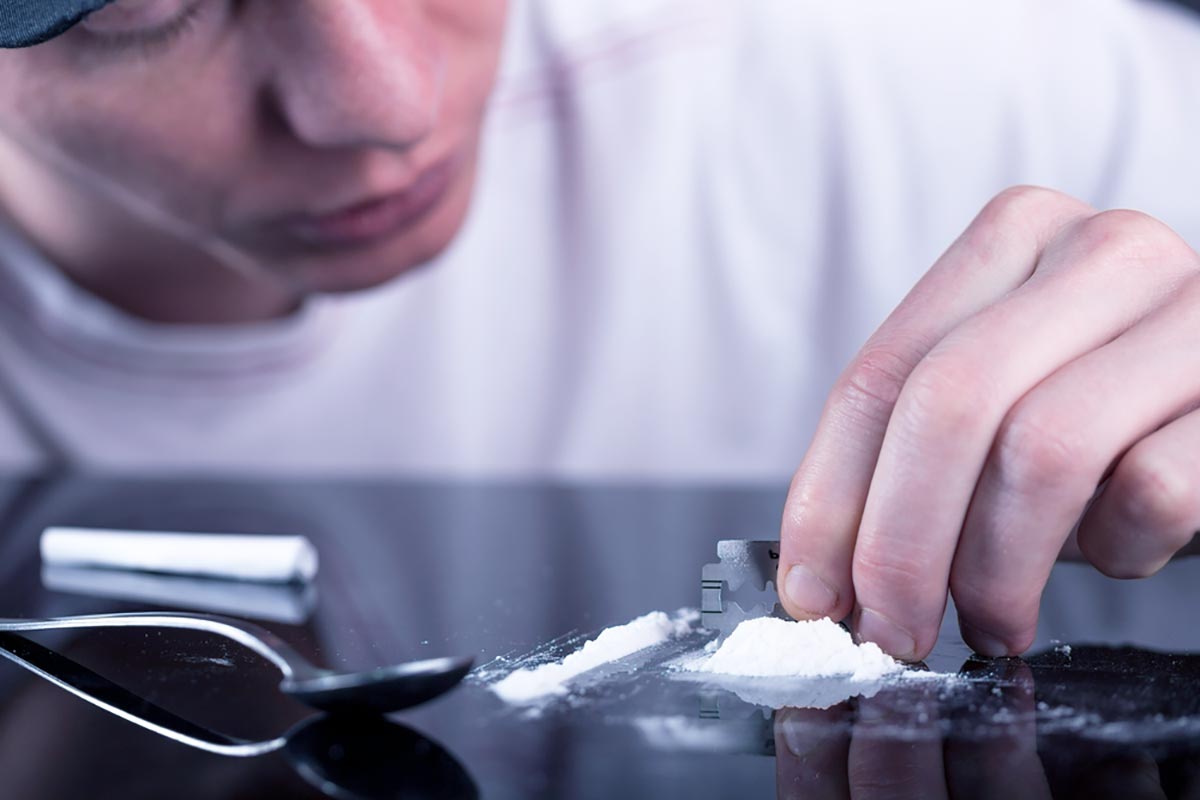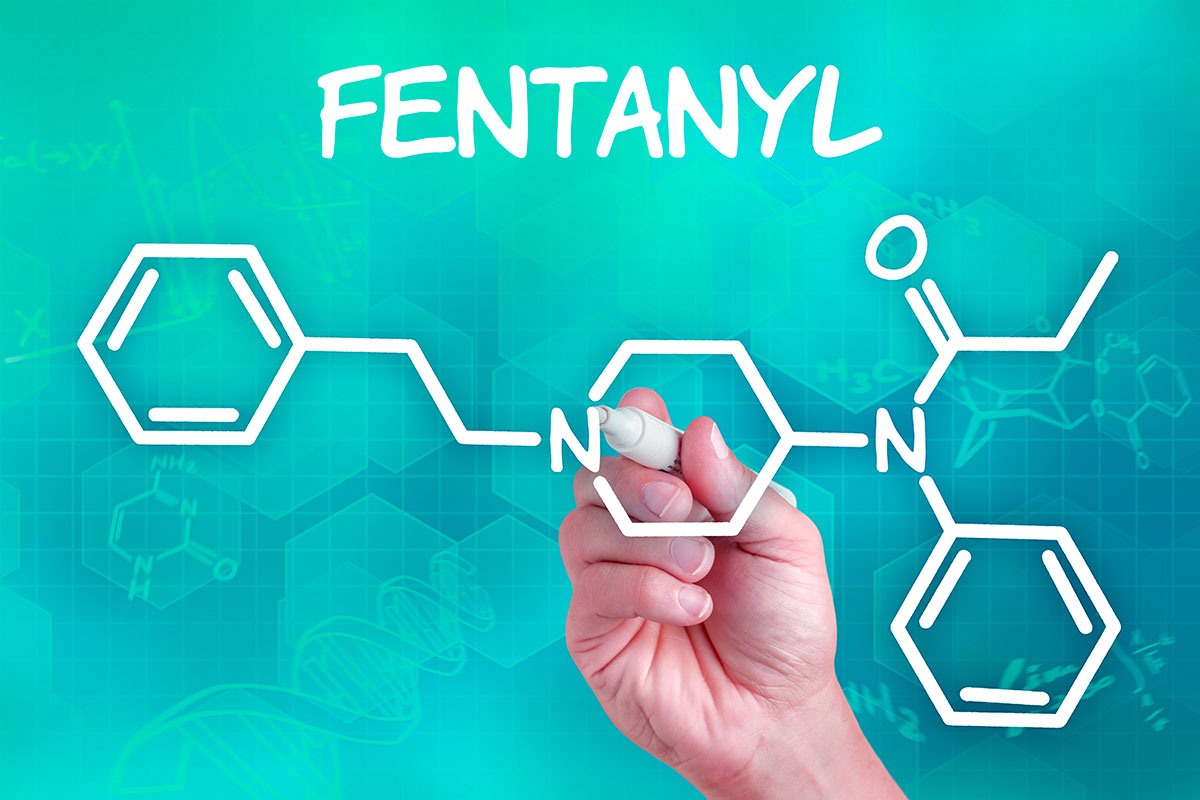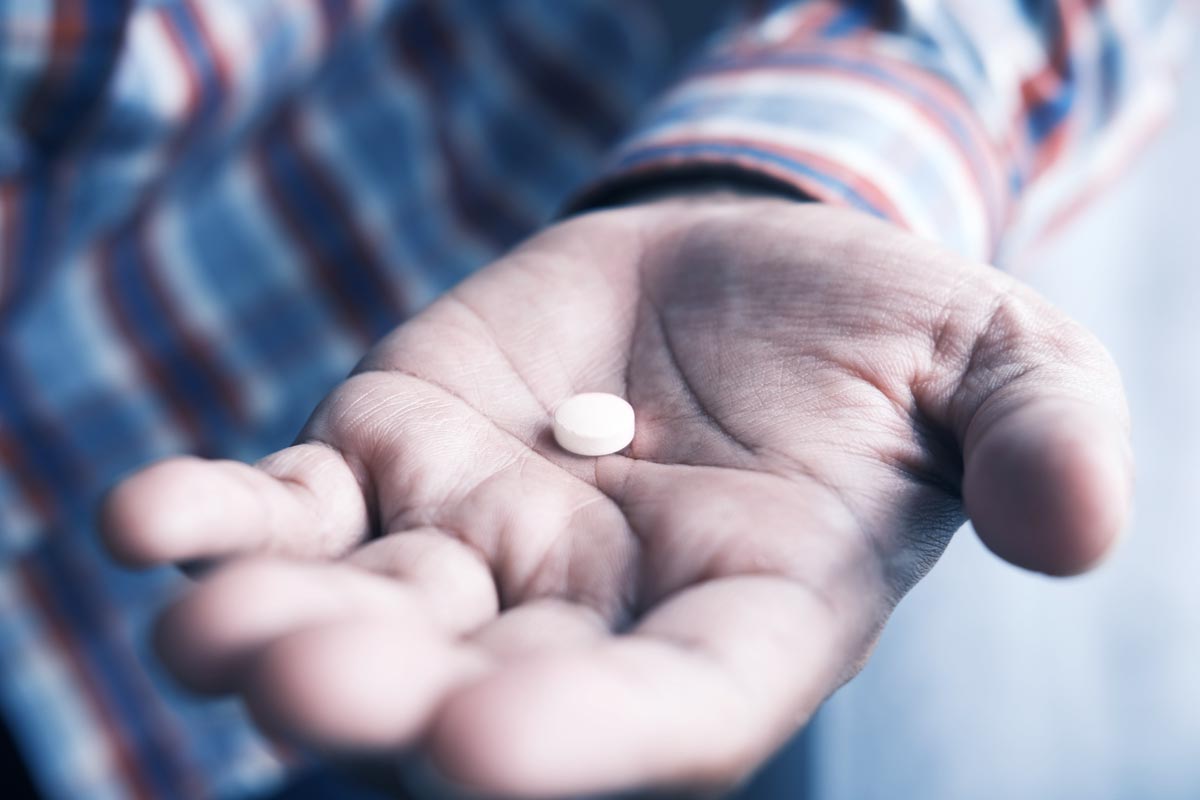In addition, it interacts badly with many other drugs. And, increasingly, cocaine is cut not with potentially illness-inducing …
Fentanyl Withdrawal: Symptoms, Dangers, Treatment
And, at up to 100 times the strength of morphine, it’s easy to overdose on because even a tiny amount is too much. This means that …
Continue Reading about Fentanyl Withdrawal: Symptoms, Dangers, Treatment
How Can I Tell if I’m Taking Fake Opioids?
How Common are Fake Opioids? In 2021, the DEA seized some 20.4 million fake opioid pain pills. These drugs can often look …
Continue Reading about How Can I Tell if I’m Taking Fake Opioids?
Casual Cocaine Use – How Dangerous Is It?
There’s a lot of data that goes into that, but even a single cocaine usage can send you to the hospital. And, with 1.4 million …
Continue Reading about Casual Cocaine Use – How Dangerous Is It?










